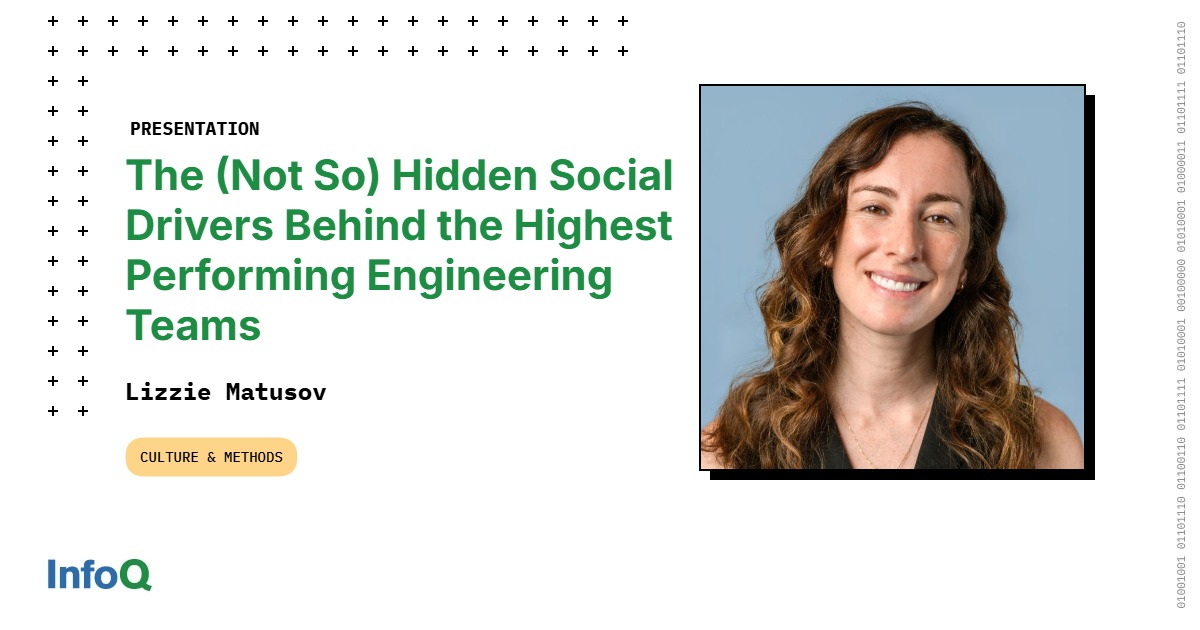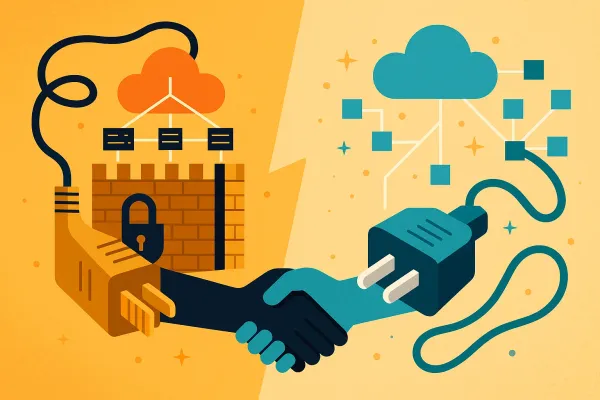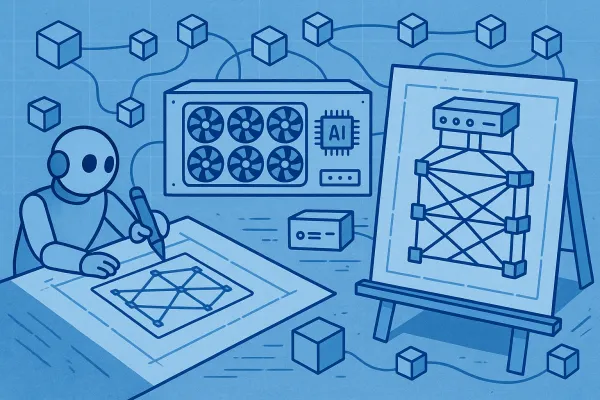Beyond the Buzzword: A Better Playbook for Engineering Team Feedback
Radical Candor alone can backfire if trust and safety are missing. Build resilient engineering teams by focusing first on psychological safety and the TAPPs pillars: Trust, Autonomy, Purpose, and Psychological Safety. Move beyond buzzwords—become a cultural architect.

As an engineering leader, you’ve likely heard of Radical Candor. The mantra of "Caring Personally while Challenging Directly" is seductive, promising a straightforward path to the honest, effective feedback that high-performing teams are built on. In principle, it’s a powerful idea designed to counteract both overly aggressive and neglectful management styles.
But what happens when a well-intentioned framework is misapplied? While Radical Candor itself warns against "Obnoxious Aggression" (being a jerk), the reality in many high-pressure environments is that the "Care Personally" aspect is often the first to be sacrificed. When this delicate balance is lost, the framework can be misappropriated as a license for "brutal honesty," leading to negative outcomes.
This isn't just a theoretical risk. At companies known for direct feedback cultures, such as Amazon and Uber, an emphasis on bluntness has been linked to dips in morale, high stress, and increased turnover. While not a direct result of the Radical Candor framework itself, these examples highlight the risks when directness is prioritized over a foundation of trust and psychological safety.
Furthermore, even when applied with the best intentions, direct feedback frameworks can amplify existing biases if power dynamics and diversity aren't consciously addressed. Research shows that women and people of color are often given feedback that is less actionable and more focused on personality, and women who "challenge directly" risk being perceived as "abrasive."
The challenge is that Radical Candor is most effective when it's built on a pre-existing foundation of systemic trust. When deployed as a simple interpersonal tactic without that foundation, it can fail. It’s time for a better playbook—one that focuses on building the system first.
The Real Foundation: Psychological Safety
Instead of trying to police the tone of every conversation, the most effective leaders architect an environment where healthy, candid interactions are the natural outcome. The bedrock of this environment is psychological safety.
Popularized by Harvard Business School professor Amy Edmondson, psychological safety is not about "being nice" or avoiding conflict. It’s a shared belief that you won’t be punished or humiliated for speaking up with ideas, questions, concerns, or mistakes. It is the single most important factor in high-performing teams.
The evidence is overwhelming. Google’s multi-year "Project Aristotle" study analyzed 180 teams and found that psychological safety was, by far, the most critical differentiator of their most successful teams. It was more significant than individual skills, seniority, or team structure. Teams with high psychological safety innovate more, learn from failure faster, and are far more likely to retain top talent because they create the conditions for creativity and intelligent risk-taking to flourish.
A Better Framework: Build Your Team on TAPPs
While psychological safety is the foundation, a more complete model helps leaders address all the key social dynamics of a team. One powerful, practitioner-driven framework that has emerged is TAPPs, which synthesizes decades of organizational research into four pillars: Trust, Autonomy, Purpose, and Psychological Safety.

Instead of focusing on lagging indicators like story points, TAPPs gives you a way to measure and cultivate the leading indicators of team health and future performance.
- Trust: This is the core belief that team members can rely on each other. In a high-trust environment, communication flows freely, problems get solved faster, and less time is wasted. Research on developer productivity has shown that factors related to trust account for a significant portion of what makes engineers effective. As a leader, you build trust through transparency, effective delegation (without micromanaging), and by genuinely caring about your team members as individuals.
- Autonomy: For developers, autonomy isn't a perk; it's a primary intrinsic motivator. It’s the freedom to make decisions about how to achieve goals. A lack of autonomy, often in the form of micromanagement, is a leading cause of burnout and attrition. The goal is "aligned autonomy"—giving teams freedom within a framework. You set the strategic "why" and the non-negotiable guardrails, and you empower your team to own the "how." This fosters ownership, creativity, and professional respect.
- Purpose: This is the crucial link between an engineer's daily tasks and the broader company mission. When developers understand the impact their code has on customers, they become more invested in the quality and outcome of their work. The 2024 DORA Report found a strong correlation between teams with high user-centricity and superior product performance. As a leader, your job is to constantly connect the dots, ensuring every project is clearly tied to customer value and business objectives.
- Psychological Safety: This is the operating system that allows the other three pillars to run. Trust can't form without it. Autonomy is dangerous without it (people will hide mistakes). Purpose is undermined without it (people won't challenge misaligned work). It is the essential enabler for the entire system.
Your Role Isn't a Referee, It's an Architect
So, how do you put this into practice? Your role shifts from being a feedback referee to a cultural architect.
- Model Vulnerability: The most powerful thing you can do is admit your own mistakes. When you openly acknowledge your fallibility, you signal to the entire organization that it's safe for others to do the same.
- Frame Work as Learning: Position projects as learning opportunities, not just execution problems. When you treat failures as valuable data, you defuse the fear around risk-taking and unlock the experimentation that innovation requires.
- Measure What Matters: You can't improve what you don't measure. Use simple, anonymous, and regular surveys to track your team's health across the TAPPs pillars. This gives you real data to guide your cultural initiatives.
Stop trying to fix communication with a tool that, when misapplied, can break it. By moving beyond the buzzword and focusing on the systemic health of your team, you can build a resilient, innovative, and truly high-performing engineering organization—one where the best people aspire to work and do the best work of their careers.
Further Reading
- The Fearless Organization: Creating Psychological Safety in the Workplace for Learning, Innovation, and Growth by Amy C. Edmondson. (The definitive book on psychological safety).
- The (Not So) Hidden Social Drivers behind the Highest Performing Engineering Teams by Lizzie Matusov. (A presentation introducing the TAPPs framework).
- What Google Learned From Its Quest to Build the Perfect Team by The New York Times. (An accessible overview of the findings from Project Aristotle).
- The 4 Stages of Psychological Safety by Timothy R. Clark. (A practical, stage-by-stage model for building psychological safety).
- Building Stronger Engineering Teams with Aligned Autonomy by Stack Overflow Blog. (A guide to implementing the crucial concept of aligned autonomy).
- Building Team Trust: A Blueprint for Engineering Managers by Danaya. (Actionable strategies for fostering trust in engineering teams).
- The Pitfalls of Radical Candor: A Critical Examination by Product Magic. (A critical perspective on the framework's real-world application and risks).
- The Engineering Leader's Guide to Purpose-Driven Teams with Jeremy Goldsmith. (A discussion on connecting engineering work to a larger purpose).




